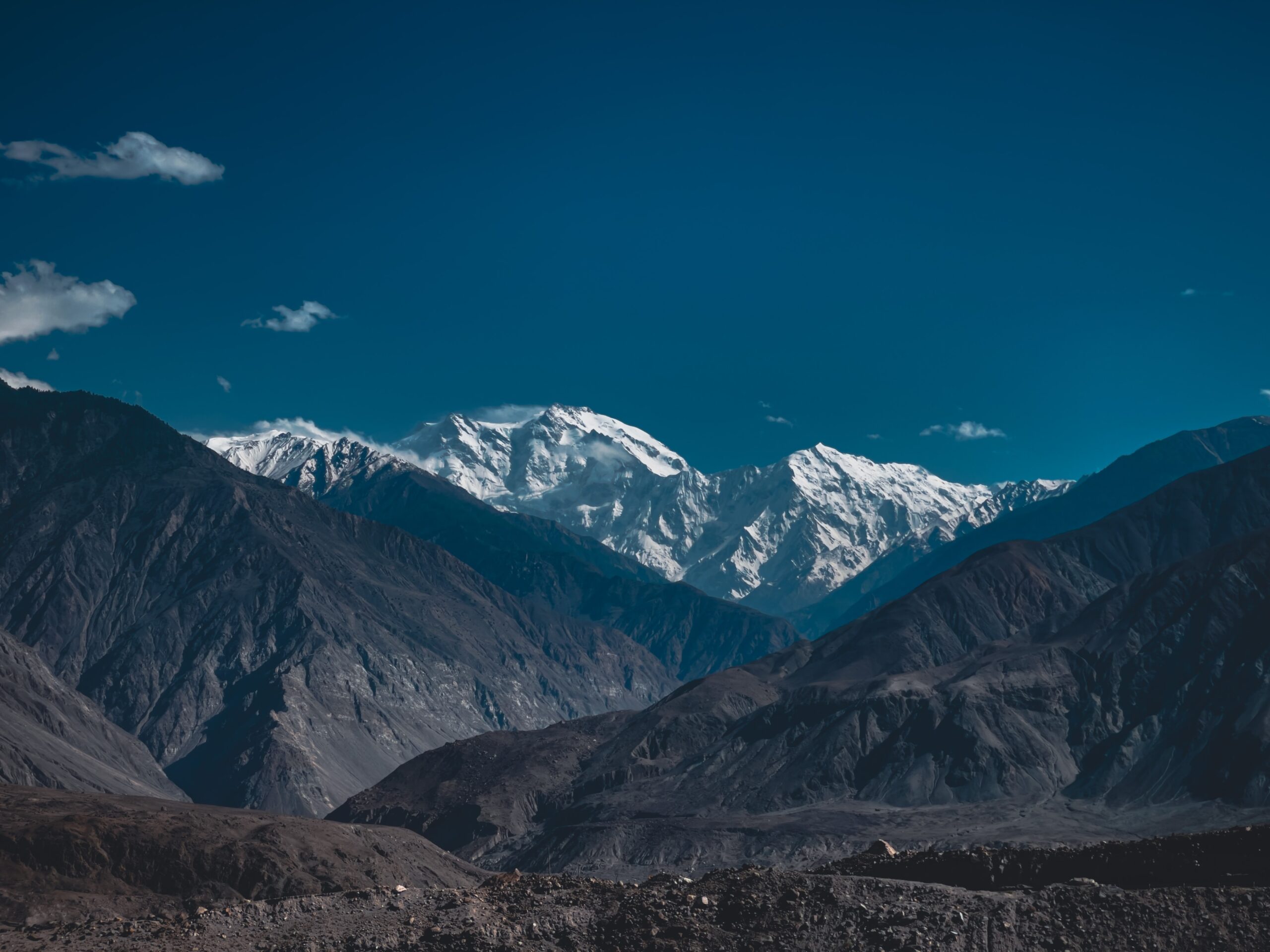Introduction
Jammu & Kashmir has always presented itself as one of the most beautiful places on this earth. While the outer beauty of picturesque hills and mountains do seem soothing to the eyes, the territory of Kashmir buttons up some of the darkest secrets of modern Indian History. There is no denying the fact that Kashmir is a disputed territory. The politics around the state ever since the independence of the nation has resulted in its deterioration and extreme exploitation. However, owing to Kashmir’s geographical importance and demographical richness, the Indian as well as the Pakistani politics, continue to exert their dominion on the state and just don’t seem to budge. One such example is the controversial dispute over the Gilgit-Baltistan region.
HISTORY OF GILGIT-BALTISTAN REGION
Once someone begins to unravel the history of Jammu and Kashmir and dwells a bit deeper, it finds loads of accession and recession records with respect to the territory. Nevertheless, it is apt, to begin with, Gilgit being a part of the princely state being ruled by Raja Hari Singh and later by Britishers who leased it from the Hindu ruler. On deciding to accede in India in October 1947, Gilgit scouts and soldiers rose to rebellion and took over Baltistan which was then a part of Ladakh. The rebellion led by the British Commander Major William Alexander Brown further captured the territories of Skardu, Kargil and Dras, which was later won over by India in August 1948.
However, in the preceding year, before the Indian Army won the aforementioned regions, a political group called the Revolutionary Council of Gilgit-Baltistan on 1st November 1947, proclaimed and announced Gilgit-Baltistan as an independent free state. However, things didn’t seem to pan out as the Revolutionary Council anticipated and later decided to accede to Pakistan. Pakistan accepted the said accession on the conditions of attaining full administrative control over the region and governed the region directly according to the Frontier Crimes Regulation. The regulation, just as almost every other statute, was an unruly gift from the Britishers, which regulated the tribal areas of the northwest.
In 1949, following the Indian-Pakistan ceasefire, Pakistan underwent an agreement with the Azad Jammu & Kashmir’s provisional government which enabled Pakistan to take over the defence and foreign affairs of the captured states and the AJK government further ceded the administration control of Gilgit-Baltistan to Pakistan.
CHANGES IN THE FUNCTIONING
Pakistan drafted its first full-fledged constitution in 1974 which listed four provinces – Punjab, Sindh, Balochistan and Pakistan-Occupied Kashmir. The constitution intentionally left out to incorporate Gilgit-Baltistan as provinces, as Pakistan didn’t want to undermine the resolution of Kashmir which had to be in accordance with the United Nations. However, things changed after 9/11 and with increased maligning of Pakistan’s image in the world circuit, it forced the nation to consider significant changes to its administrative arrangements in the Northern Areas. While 9/11 may have been the primary source in suggesting measures to change the administrative policies, Chinese involvement in infrastructural development in the territory of Pakistan is what brought the vitality of Gilgit-Baltistan in the mainframe. Gilgit-Baltistan was the only land between Pakistan and China and therefore its vitality outshone the other significant requirements.
Keeping the rampant suggestive changes in retrospect, Pakistan brought in the Gilgit-Baltistan (Empowerment and Self-Governance) order in 2009 and replaced the Northern Areas Legislative Council. As a result, the northern areas were given back the name of Gilgit-Baltistan. As autonomy was awarded, the NALC was snatched of its advisory role to the Minister for Kashmir Affairs and Northern Areas who ruled from Islamabad.
PRESENT SITUATION
November 1, 2020, was celebrated as the “Independence Day” of Gilgit-Baltistan. The prime minister of Pakistan, Imran Khan announced that his government would award “provisional provincial status” to the region of Gilgit-Baltistan. In addition, Imran Khan further asked his council of Law Ministers to fast-track draft legislation for cementing Gilgit-Baltistan as a province, and the same was incorporated as the 26th Constitutional Amendment Bill. Furthermore, a set of different amendments apart from awarding Gilgit-Baltistan special provincial status were introduced to enable Gilgit-Baltistan to have a representation in Pakistan’s parliament along with the state assembly.
However, this proper accession to Pakistan which agrees to a more federalist viewpoint, a small revolution and protest regarding the region’s independence has gained traction. This is in consequence of the anger and disappointment within the people against the military unleashing attacks at various Shia groups. But, as the protest is very small, the predominant view in hindsight remains the same that these quasi-autonomic powers under the umbrella of Pakistan will solve all the major issues.
The concerning issue for India is that the thinkers here feel that the whole rose-petal shower over the territory of the Gilgit-Baltistan region is a mere act of appeasement to China. This indirectly hints that Pakistan wants to strengthen its ties with China to continue trade and has a quid-pro-quo arrangement with China to assist in any war against India.

